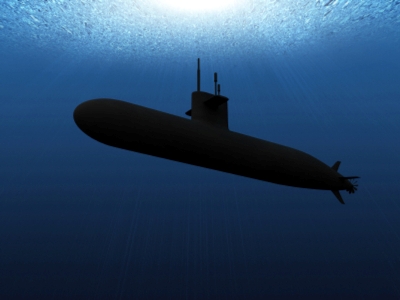
BEIJING (PTI): China has moved a step closer to creating a supersonic submarine that could travel from Shanghai to San Francisco covering nearly 9,900 kms in less than two hours, a Chinese scientist has said.
New technology being developed by a team of scientists at Harbin Institute of Technology's Complex Flow and Heat Transfer Lab could make it easier for a submarine or torpedo, to travel at extremely high speeds underwater, the Hong Kong based South China Morning Post reported on Sunday.
The distance from Shanghai in eastern China to San Francisco in western United States is about 9,873 km.
Li Fengchen, professor of fluid machinery and engineering, said the team's innovative approach meant they could now create the complicated air "bubble" required for rapid underwater travel.
"We are very excited by its potential," he said.
During the Cold War, the Soviet military developed a technology called supercavitation, which involves enveloping a submerged vessel inside an air bubble to avoid problems caused by water drag.
The supercavitation, torpedo called Shakval was able to reach a speed of 370km or more - much faster than any other conventional torpedoes.
Li said the team of Chinese scientists had found an innovative means to address problems like designing a submerged vessel to travel at high speeds to generate and maintain the air bubble with a rudder placed within it to avoid direct contact with water.
Its application so far limited to unmanned vessels, such as torpedoes, but nearly all of these torpedoes were fired in a straight line because they had limited ability to turn.
Once in the water, the team's supercavitation vessel would constantly "shower" a special liquid membrane on its own surface.
Although this membrane would be worn off by water, in the meantime it could significantly reduce the water drag on the vessel at low speed, Li said.
After its speed had reached 75km/h or more the vessel would enter the supercavitation state.
The man-made liquid membrane on the vessel surface could help with steering because, with precise control, different levels of friction could be created on different parts of the vessel.
"Our method is different from any other approach, such as vector propulsion," or thrust created by an engine, Li said.
"By combining liquid-membrane technology with supercavitation, we can significantly reduce the launch challenges and make cruising control easier," he told the Post.
However, Li said many problems still needed to be solved before supersonic submarine travel became feasible.
Besides the control issue, a powerful underwater rocket engine still had to be developed to give the vessel a longer range.
The effective range of the Russian supercavitation torpedoes, for example, was only between 11 km and 15 km.
Li said the supercavitation technology was not limited only to military use. In future, it could benefit civilian underwater transport, or water sports such as swimming.
"If a swimsuit can create and hold many tiny bubbles in water, it can significantly reduce the water drag; swimming in water could be as effortless as flying in the sky," he said.
Besides Russia, countries such as Germany, Iran and the United States have been developing vessels or weapons using supercavitation technology.
Professor Wang Guoyu, the head of the Fluid Mechanics Laboratory at Beijing Institute of Technology who is leading another state-funded research project on supercavitation, said the global research community had been troubled for decades by the lack of innovative ideas to address the huge scientific and engineering challenges.
"The size of the bubble is difficult to control, and the vessel is almost impossible to steer," he said.
While cruising at high speed during supercavitation, a fin could be snapped off if it touched the water because of the liquid's far greater density.
Despite many scientists worldwide working on similar projects, the latest progress remains unclear because they are regarded as military secrets.
Wang said even he had been kept in the dark about recent supercavitation developments in China.
"The primary drive still comes from the military, so most research projects are shrouded in secrecy," he said.
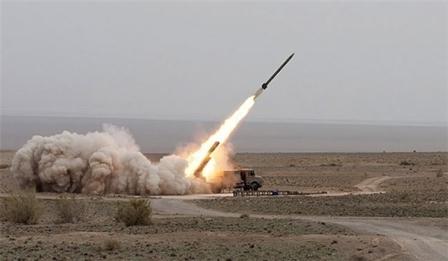 Previous Article
Previous Article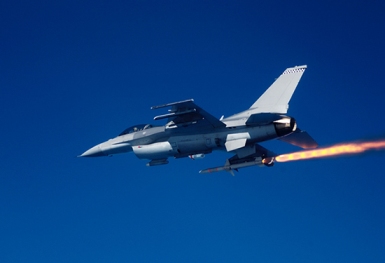 Next Article
Next Article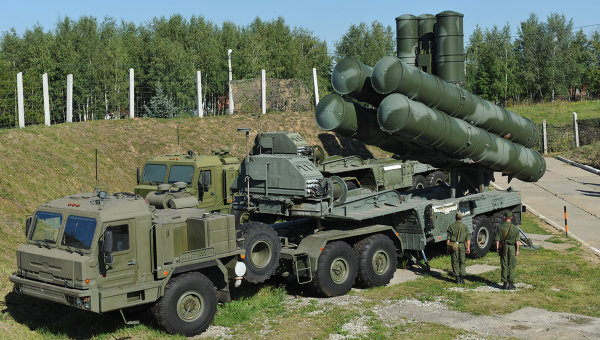



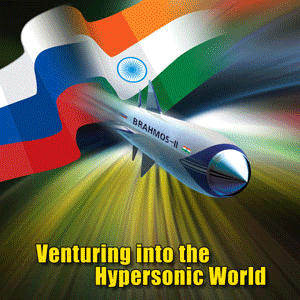
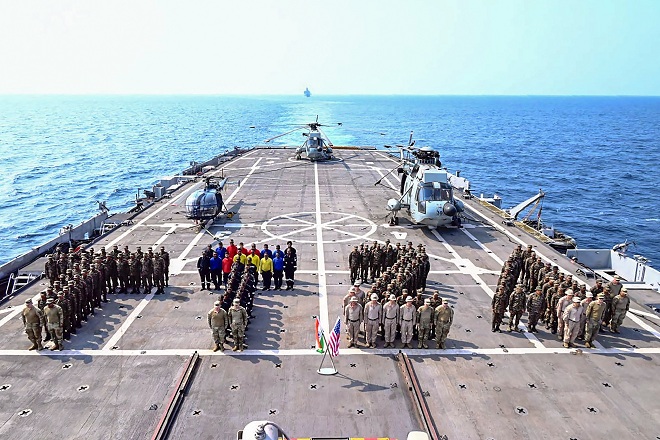



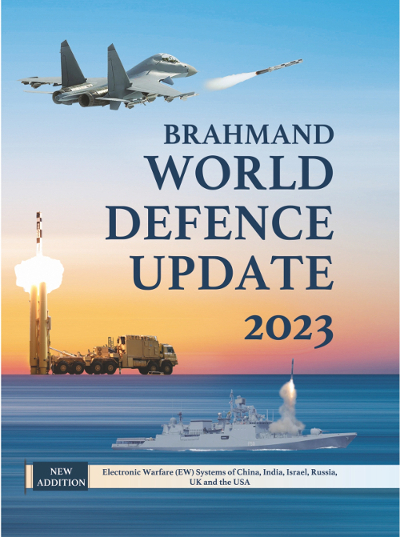
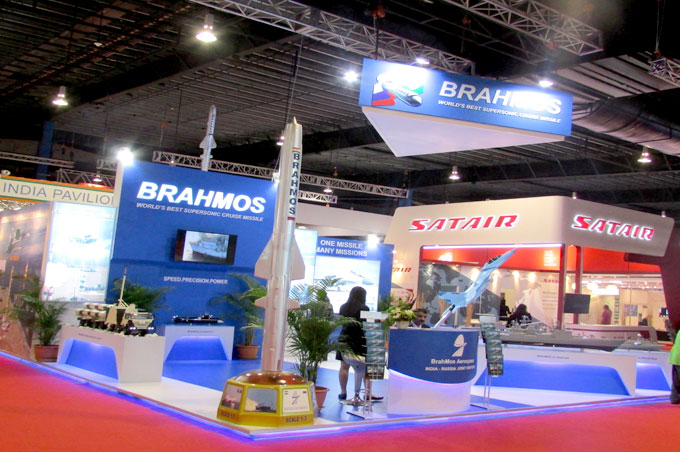
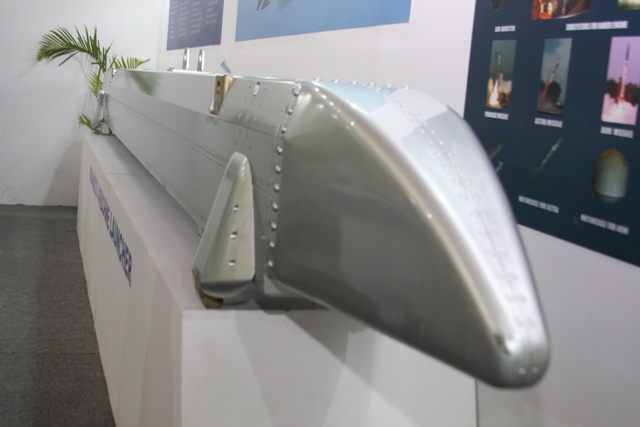
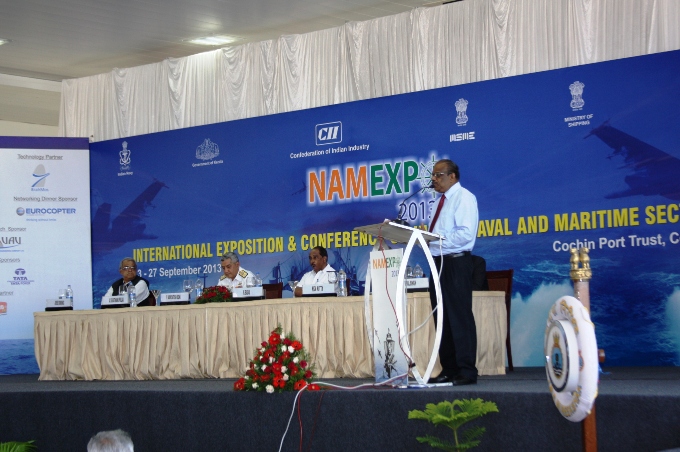

The Indian Air Force, in its flight trials evaluation report submitted before the Defence Ministry l..
view articleAn insight into the Medium Multi-Role Combat Aircraft competition...
view articleSky enthusiasts can now spot the International Space Station (ISS) commanded by Indian-American astr..
view article